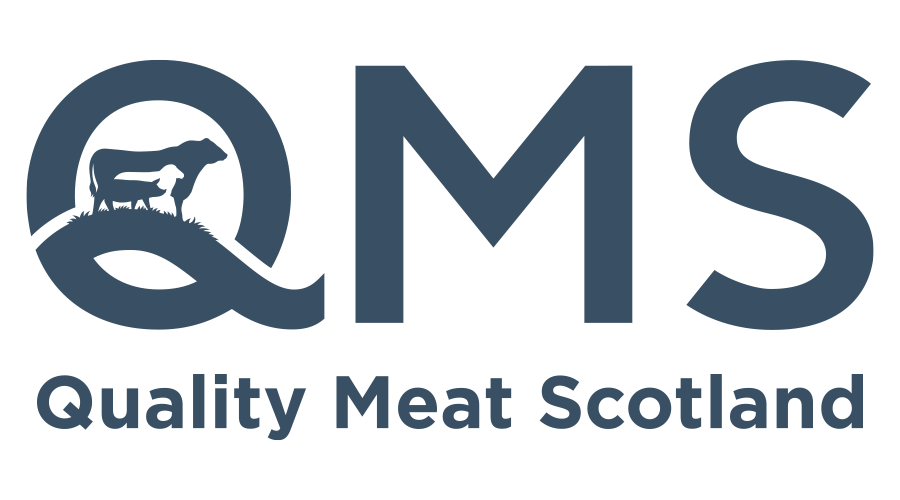According to the latest market commentary from Quality Meat Scotland (QMS). In July, the USDA updated its global beef and pork market forecasts, which pointed to slightly tighter market balances in both sectors. However, the domestic beef market is no longer signalling as tight a balance as it once did, with market prices coming under significant pressure since May. By contrast, in the pork sector, farmgate prices have continued to follow a slight upwards seasonal trend.
In the beef sector, cattle slaughter numbers rose in the first half of the year at UK level, while significant falls in average import and export prices, first highlighted in the UK trade data between April and May 2023, point to considerable competitive pressures in segments of the market where price is more important than origin, according to Iain Macdonald, Marketing Intelligence Manager at QMS.
He says: “The EU beef market has softened in 2023 despite production continuing to decline, signalling demand-side weakness, likely driven by squeezed household budgets. As a result, some of the significant cattle price increases of 2021 and 2022 have unwound. Despite the recent fall in prime cattle prices in Scotland, R4L steer prices have continued to show a significant margin over the EU R3 grade young bull price of around 17-18% through June and July. Meanwhile, the price lead for Scottish R4L steers over Irish R3 steers averaged around 15% in July 2023 compared to 8.5% in July 2022 and was marginally higher than in July 2021.”
Looking globally, the USDA are now forecasting a 0.4% rise in global beef production this year, having previously expected a slight fall of 0.3%. This largely reflects revisions to output expectations in Brazil and Argentina, with the latter driven by drought conditions encouraging extra cow slaughter.
“While analysts expect world beef consumption to rise slightly faster than production in 2023, it appears that sharply increased exports from the major producing nations of Australia, Argentina and Brazil are having an out-sized downwards impact on global pricing. In late-July, farmgate prices for steers in these three countries were converting to around £2.50-2.60/kg, down from around £3.20-30/kg in Argentina and Brazil a year ago, and from around £4.20/kg in Australia.”
Meanwhile, in China, which imports considerable volumes from South America and Australia each year, wholesale beef prices have fallen 8% since May, with indications that consumer demand has been weaker than anticipated, leading to a build-up of product and heavily discounted import prices.
However, one market where cattle prices have held firm despite external pressures has been the USA, where steer prices converted to roughly £5/kg dwt in late July and averaged around 4% higher than Scottish prices during the month. Tight supply following drought-induced herd liquidations in 2021 and 2022 combined with economic expansion and strong demand has limited any downwards pressure from importing much cheaper manufacturing grade beef from Australia and New Zealand.
Iain added: “Unfortunately, challenging US market access requirements for Scottish processors and a limited Tariff Rate Quota, which has been filled by spring in 2022 and 2023, make a seemingly attractive export market look unappealing in practice.”
In the pork sector, USDA analysts are now expecting marginal growth of 0.3% in global production in 2023, but consumption is forecast to rise slightly faster than output. Expansion this year in Brazil, China and the USA is now larger than previously forecast, although the continued decline in the EU is now expected to be deeper than before.
Mr Macdonald adds: “In Brazil, pork production is now expected to rise by 2.6% and, with domestic demand weak, its exports are expected to surge by 110,000t and 14%. Despite an expansion in its domestic production, China’s pork imports are forecast to grow enough to absorb this additional Brazilian product, as consumption is expected to remain higher than can be supplied by its producers.”
While still importing significant volumes of pork, the rebound in domestic production beyond pre-African Swine Fever levels has ensured that pork prices in China remain subdued, with wholesale pork trading at around £2/kg, a less appealing market than in previous years when prices were at multiples of GB levels.
Meanwhile, in the US, unlike beef, pork production is rising this year but consumption levels have been forecast to weaken. Farmgate prices have been trailing 2022 levels and exports to the world market are set to rise.
Mr Macdonald says: “In the EU, in contrast to the beef sector, tight supply has maintained upwards pressure on farmgate pig prices. It is possible that some of this divergence reflects trading down by consumers into cheaper pork from beef, with the scale of production declines relatively similar, projected at around 2% for beef and 3% for pork by the USDA. EU pork prices have been closely matching GB levels this year, with the GB Standard Pig Price trading only around 4-6% higher than the EU average for grade E carcases since the spring. In turn, this has maintained upwards pressure on the price of pork imports to the UK, underpinning the competitiveness of domestic product, which has also been in short supply.”
GB pig slaughter fell by 12% year-on-year in the first half of 2023 and a sharp reduction in UK exports to the EU and non-EU markets has not prevented market prices from continuing to trend seasonally higher, with the SPP reaching £2.25/kg in July.
He concluded: “It seems likely that the current divergence between beef and pork markets is more reflective of significantly tighter domestic supply and a narrow price differential with EU levels in the pork sector than of overall global market conditions.”

